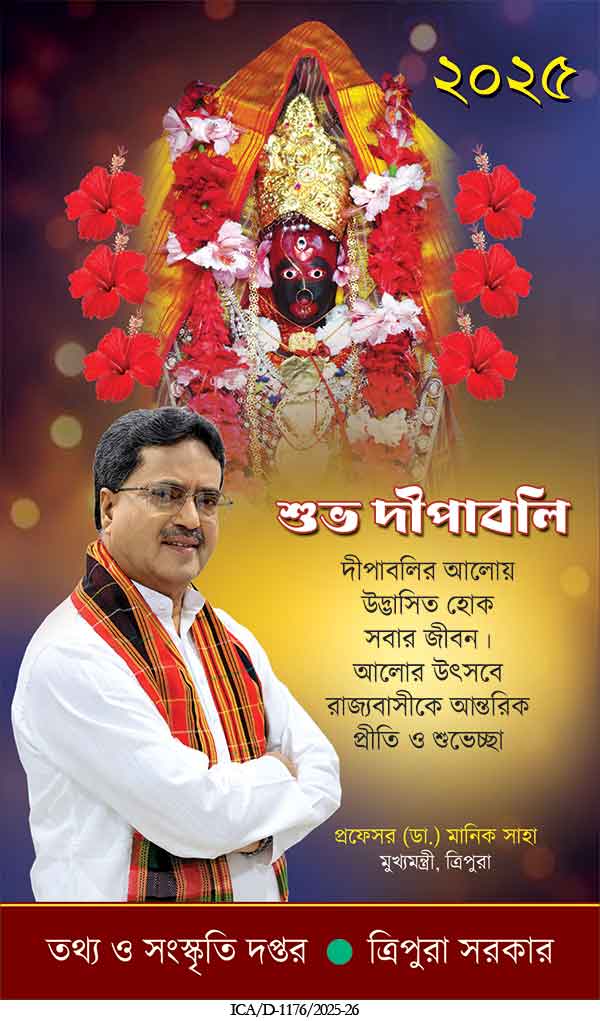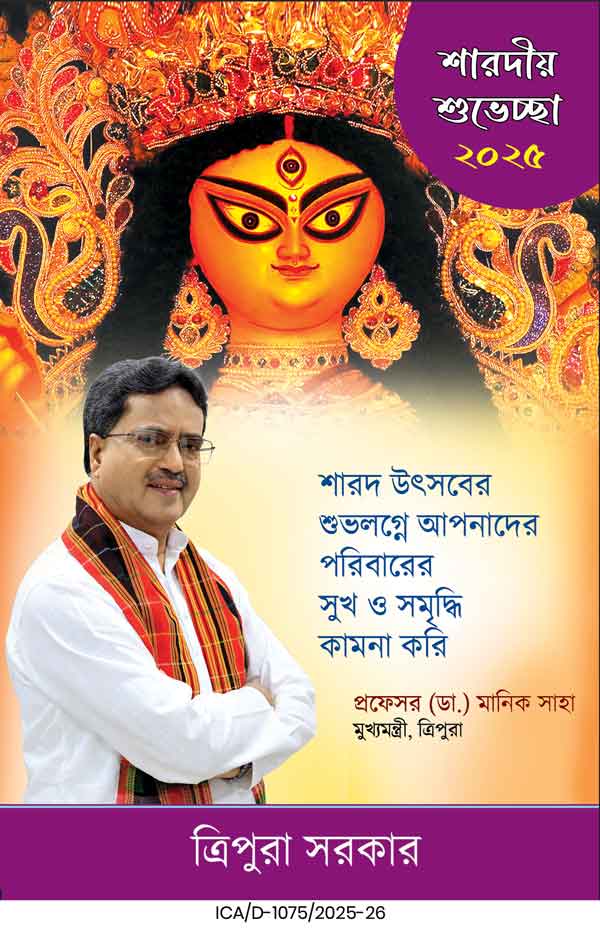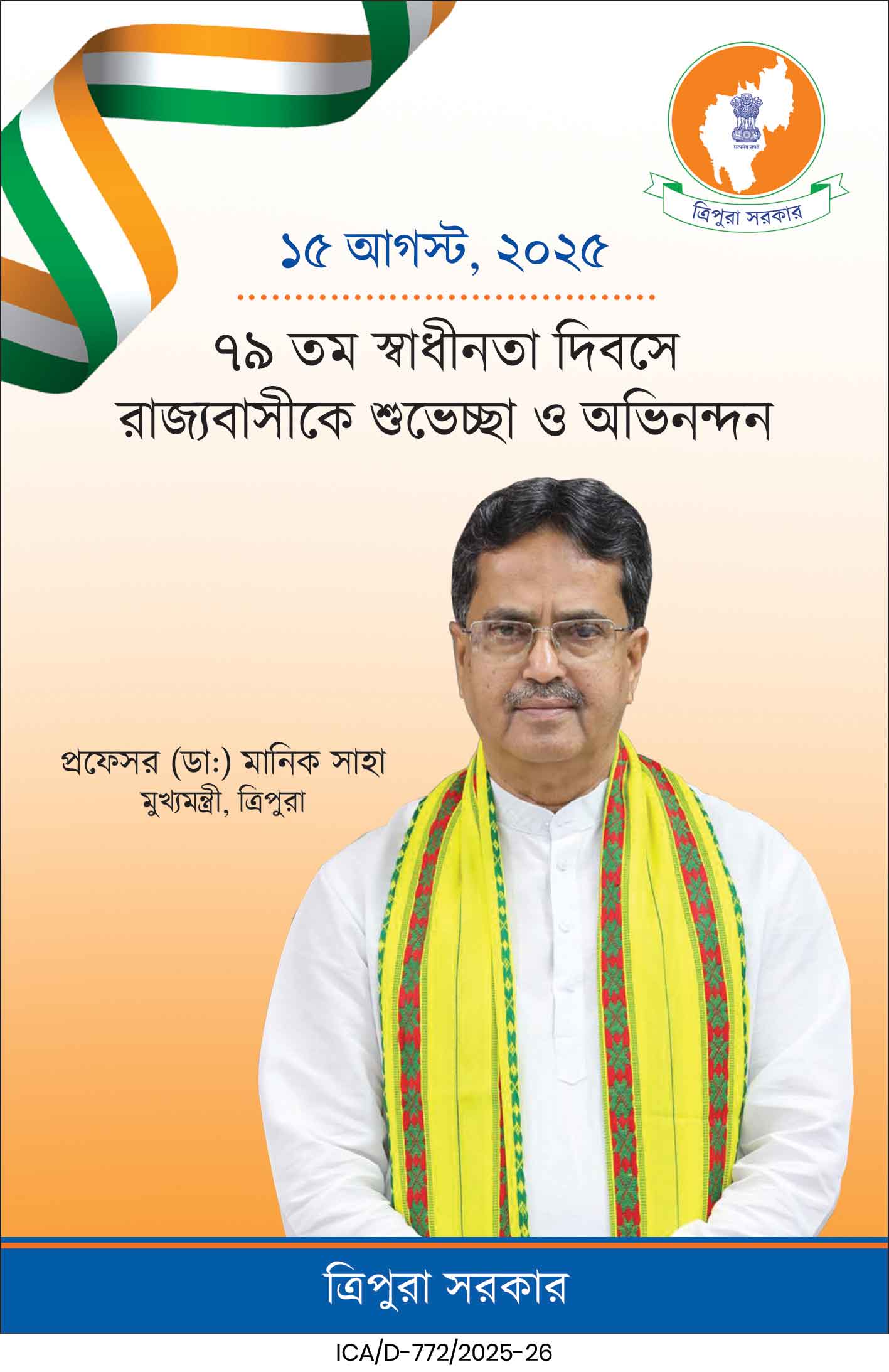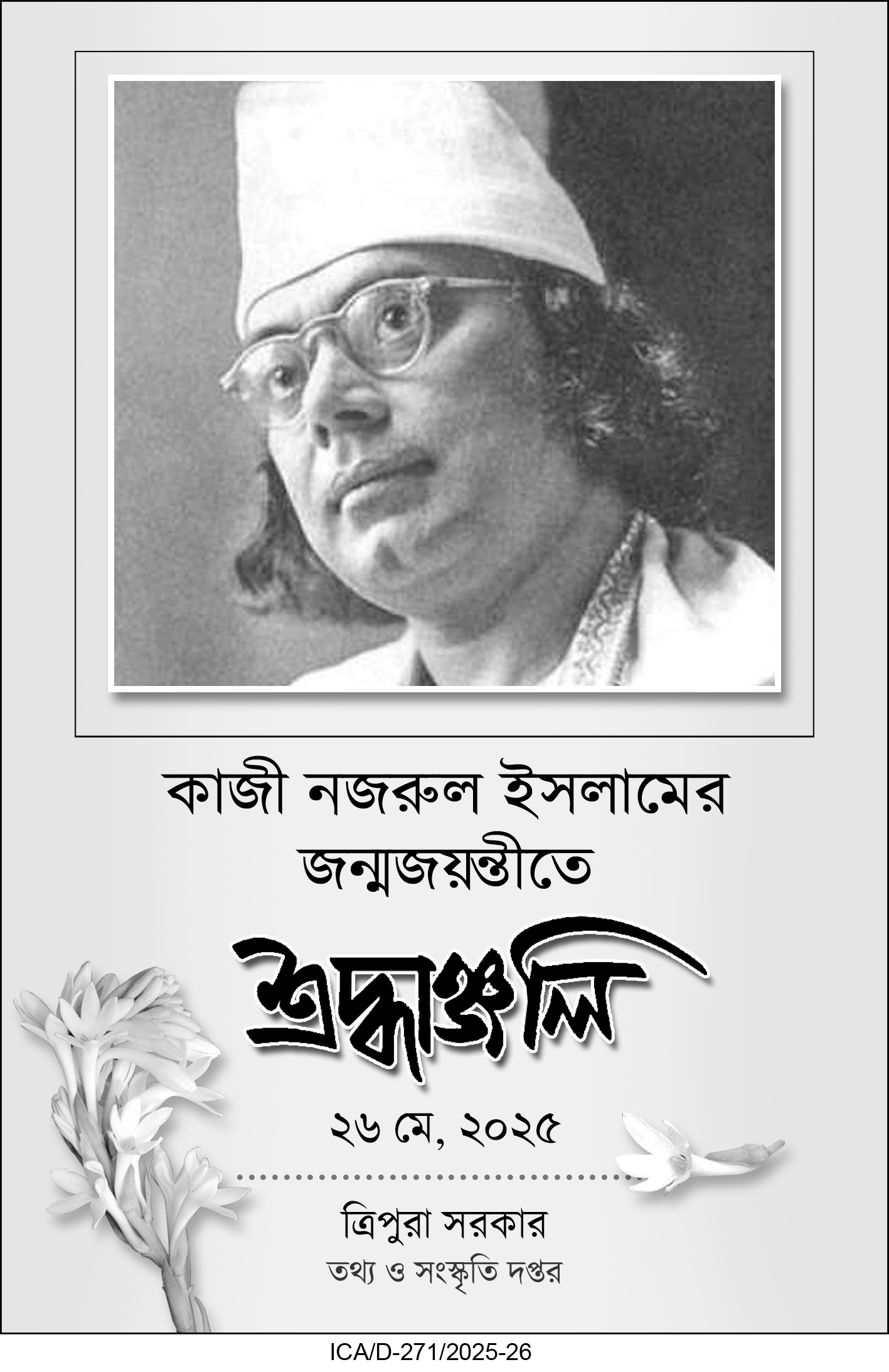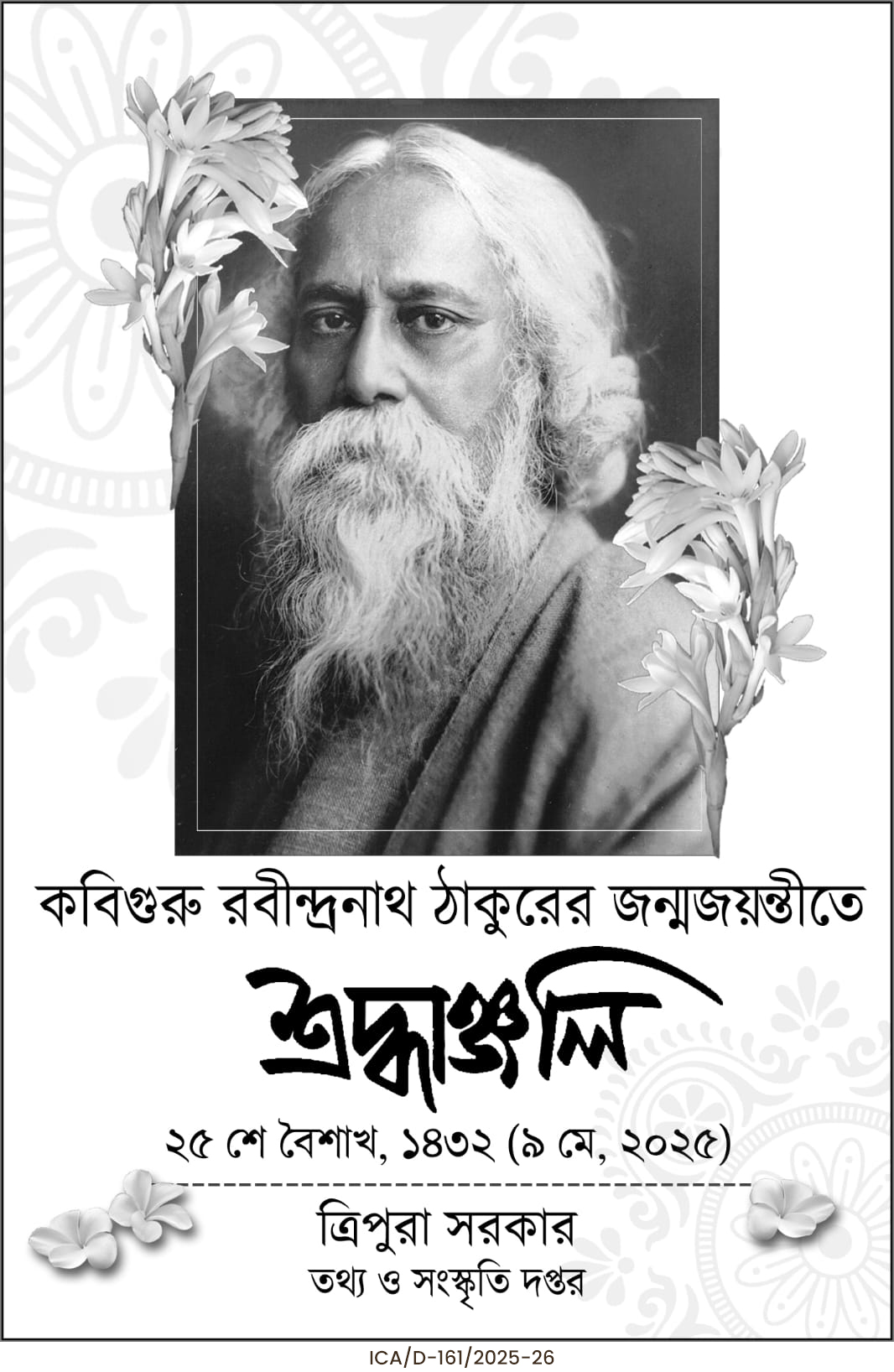
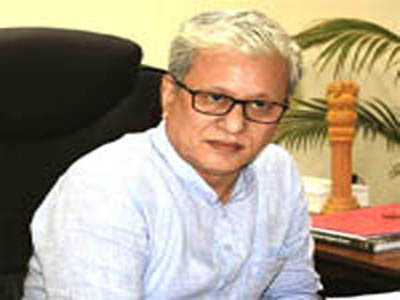
When Jujar Fa, ascended the throne in Tripura in 590 A.D he extended the boundaries of his kingdom defeating the ruler of Chittagong Hill Tracts (now in Bangladesh) and made Rangamati (the earlier name of Udaipur the old capital; now in the south of Tripura). Rangamati, which was later called Udaipur after Udai Manikya (1566 -1572 AD), remained the capital of Tripura except for short periods when it was shifted only to be brought back. It was only during the reign of Krishna Kishore Manikya (1830-1849 A.D.) that the capital was shifted to Agartala (the present capital of Tripura).
Jajur Fa was said to have introduced the Tripura Era, which dates back from 590 A.D and named his kingdom after his forefather Tripur.
The Tripura Era was also called “Tring’ and was counted from the year of his ascension to the throne. The dialect of the indigenous people of the kingdom did not have a script so later on, whatever language became popular in the Indian mainland and neighbouring Bengal became the official language of the kingdom. The Tripura Era (Tring) however never lost its importance and was used throughout in all official documents and historical records. For example, in the pre-muslim period Sanskrit was the link language of India and Tripura too used it as its official language but the date used was always that of the Tripura Era. Later on, after the Muslim conquest of India; Persian became the official language and Hizri the official calendar, although Persian replaced Sanskrit in Tripura, Tring continued to be used instead of Hizri.
When the British took over the reins of power from the Mughals; the Christian era became popular but Tripura did not adopt this, it preferred to use its own. The Tripura Era (Tring) was used on all official documents, judicial and non-judicial stamp papers as late as 1971. Its usage was done away with when Tripura became a full-fledged state of the Indian Union in 1972 from a Union Territory. Therefore, Tring was used from 590 AD to 1971 AD that was for 1380 years; to document the history of Tripura. This in itself highlighted the importance of ‘Tring’.
Eras like Sakabda and Vikramsambat were followed all over India but they were not state specific; while Bangabdha was never the official era of Bengal it was mostly confined to astrological almanacs. On the other hand, eras like Gaurangabdha and Sankarabdha were religious eras that came and went with time.
Therefore, Tripura Era (Tring) was perhaps the only era that was officially and continuously used for such a long span of time by a state. There is now resurgence amongst the indigenous youth to celebrate Tring . Nowadays on 22nd December festivities are held all over the state to welcome Tring.
( The views expressed here are personal and solely that of the author. In no way do these pertain to any political or other organisations he is associated with.)

